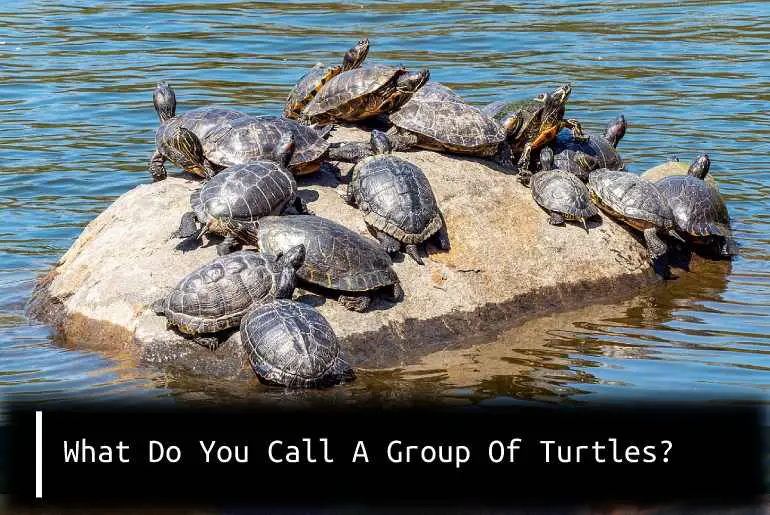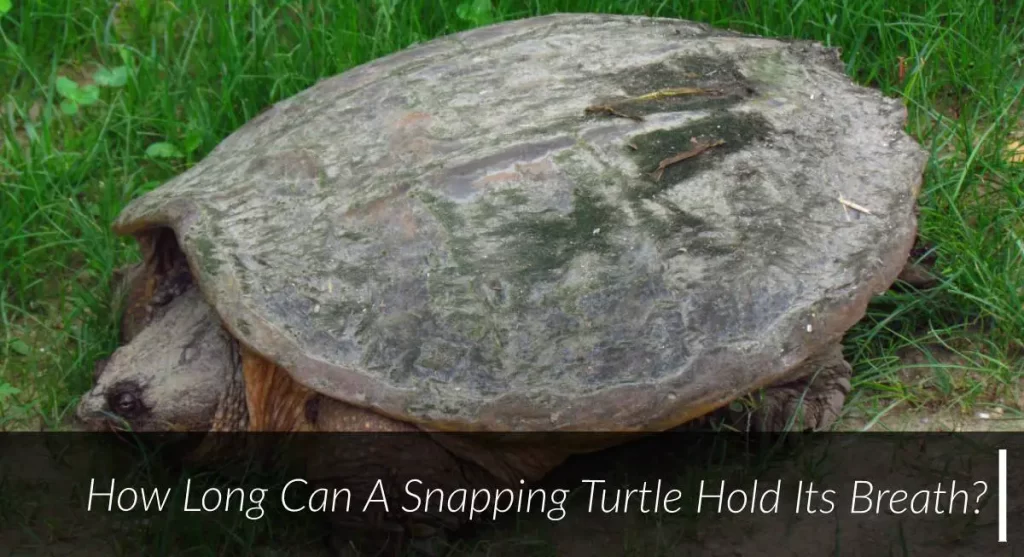Have you seen a herd of sheep or a pride of lions? If you are interested in turtles, you must be fond of their information. To make sure you do not miss any of it, you need to know what a group of turtles is called. You might not have seen a group of turtles together too.
You can find turtles in groups even though turtles generally stay alone. The turtles you can find in groups are stacked on top of each other mostly.
If you ever are lucky to find this scene, let’s see what you can call it.
What Can You Call A Group Of Turtles?
Turtles are rarely found in a group as they are solitary animals. However, it is not impossible to find turtles in a group. Thus, you can call a group of turtles with a coined word. The word for them is a nest, a turn, a dole, or a bale.
The most frequently used word for a group of turtles is bale and turn. The origin of the word was a hundred years ago. Thus, it is difficult to find out who first created it. However, it gives us the idea that the turtles stayed in a group before that too!
Do Turtles Live In Groups?
Yes, turtles can be found in groups. However, they prefer to live solitary life. Freshwater turtles, however, love to live in groups. Since freshwater turtles are smaller, these creatures are vulnerable to predators. Thus, they stay with each other and stack on one another to show the strength of their unity. In this way, the turtles can scare the predators away while being safe.
In order to make sure the turtles are safe from predators, they can stay and live with each other.
Turtles are territorial in nature. We are aware of it. However, they can act as a group to be safe.
One turtle may show dislike about another turtle entering its space, but it will not be absolutely in denial. You can see groups of turtles staying on top of each other near water bodies, ponds, and in the sun.
What Do You Call A Nest Of Turtle Eggs?
A turtle can have more than 50 eggs per nest. Thus, such a nest of eggs is called a clutch.
The species of turtle determines how many eggs it can produce. There are turtles that can produce up to 50 eggs, while it can increase up to 110 as well. Sea turtles produce the largest number of eggs in the turtle groups as it is larger than others as well.
What Do You Call A Group Of Baby Turtles?
Do baby turtles make a group too? Yes, since turtles can reproduce more than 50 eggs according to the species, you can imagine how many of them hatch and stay together.
Such groups of baby turtles are termed hatchlings. As said above, the adult turtles’ group is called bale, dole, turn, or net. So, adding to the name, the baby turtles can be called bales of hatching or doles of hatchlings.
What Do You Call A Group Of Snapping Turtles?
Like with other turtle groups, a snapping turtle group is also called the same.
Thus, you can call them a bale, dole, turn, or nest.
Do Sea Turtles Migrate In Groups?
As stated before, sea turtles are territorial, lone wolves. They like to stay alone as well as travel alone. Hence, sea turtles do not migrate in groups. These turtles travel alone. Such turtles will migrate thousands of miles to stay in warm water regions.
The highest distance a sea turtle has traveled in search of warm water was a total of 22,000 miles.
What Do You Call A Group Of Sea Turtles?
Sea turtles are larger than others. Thus, they do not need much protection from predators. However, you can also find them in groups basking in the sun.
Such a group is referred to as a bale, dole, nest, or turn of sea turtles. These are similar to the names of freshwater turtle groups.
However, it is unlikely to see a group of sea turtles together. They do not seem to be on top of each other, too, as they are bigger in size. These turtles also have a larger lifespan than usual. Thus, they are quite territorial and like to live lonely life.
When Do You See Turtles In Groups?
You can see freshwater turtles in groups very often while basing in the sun. They are usually stacked on top of each other’s shells to be hot for longer. These turtles stay near each other to transmit the heat that they get from the sun. Thus, you can find these turtles near small, congested areas like logs or rocks near the water.
In contrast, you cannot find sea turtles in groups. They are bigger and can protect themselves from predators. Thus, you can only find such turtles in groups when female sea turtles come to land during nesting. In such a case, you will see a bale of hatchlings with the female sea turtle as well.
For the ones living in Florida, you might be lucky enough to spot nesting on the beach itself. Try out your luck next time from May to October.
Best Places To Find Sea Turtles In Groups
- Padre Island National Seashore, Texas
- Assateague Island National Seashore, Maryland
- False Cape State Park, Virginia
- Laniakea Beach, Hawaii
- Jekyll Island, Georgia
- Topsail Beach, North Carolina
- Long Beach, Carolina
- John D. MacArthur Beach State Park, Florida
- Hunting Island State Park, South Carolina
- Key West, Florida
Final Words: What Do You Call A Group Of Turtles
You can find freshwater turtles basking in the sun on logs or rocks to retain heat in their bodies. These turtles usually do this to protect each other from predators by looking bigger or fierce in groups as well as to be warmer in the cold season. The predators can be any creature bigger than them, including birds, seagulls, etc.
Sea turtles, on the other hand, do not live in groups. These turtles travel from one place to another in search of warmer places to live. They are more territorial and like to live solitarily. Furthermore, they can travel about a hundred miles to protect themselves from the cold weather. You might not catch the hatchlings in the group as they swim for years before they come to land.
Sea turtles can come to land only after 15 to 20 years of maturity. Thus, these sea turtles will only return to land to fulfill the mating prospects.
You might also be interested in the following topics:
- Can Turtles Eat Dog Food? The Truth About Feeding Dog Food
- Can Turtles Eat Spiders? Will Your Turtles Die?
- Do Catfish Eat Turtles? – The Complete Guide
- 5+ Ways to Protect Your Turtles from Raccoons and Predators
- Fun Facts About Turtles: Are Rainbow Turtles Real?
- Do Owls Eat Turtles? – The Ultimate Guide






